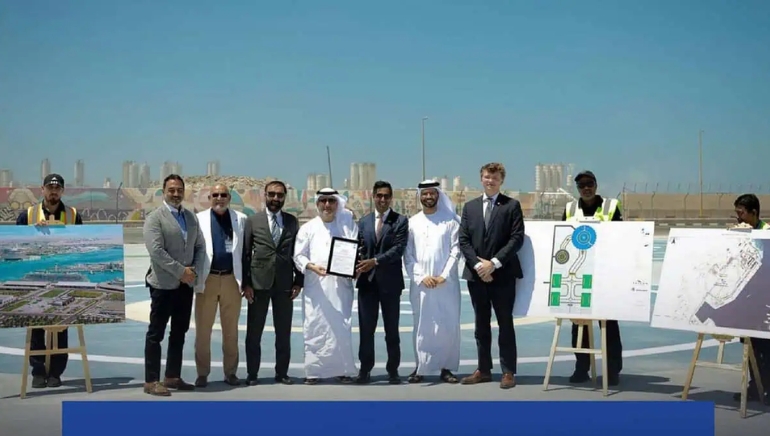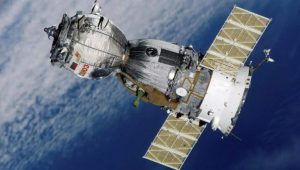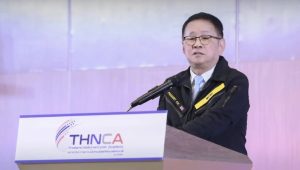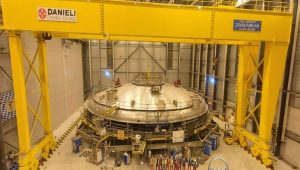Thailand plans to replace the existing TM6 paper forms with the new Thailand Digital Arrival Card (TDAC) beginning May 1, to improve security and convenience for international travellers. According to immigration officials, the TDAC system will dramatically improve screening for transnational criminals entering the country. Pol Maj Gen Choengron Rimpadee, chief of Immigration Division 2 at Suvarnabhumi Airport, has stated that the new procedure will apply to all international arrivals by sea, air, or land.
Travellers wishing to visit Thailand must submit their applications via the TDAC website at least three days before their planned arrival. Online applications will be accepted starting April 28 for guests arriving on or after May 1. Last year, authorities stopped issuing TM6 cards to completely transform the immigration clearance process.
Pol Maj Gen Choengron emphasised the new digital format’s increased simplicity and accessibility, which travellers may now complete at any time and from any location, without relying on airline or airport officials. The TDAC will also work with the Immigration Bureau’s biometric database, allowing officials to rapidly and efficiently check criminal records.
National police commissioner Kittharath Punpetch remarked that the improved system will improve operational efficiency and aid in combating foreign-led criminal enterprises.
























